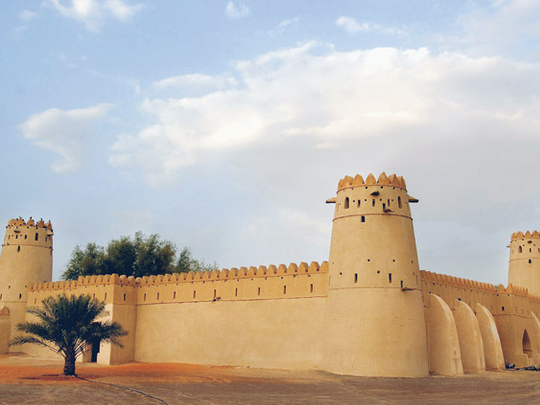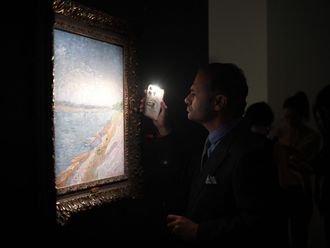
Abu Dhabi: The Abu Dhabi Authority for Culture and Heritage (Adach) is intensifying its efforts to conserve, protect, manage and develop the tangible cultural heritage of Abu Dhabi.
The tangible heritage includes archaeological and cultural sites, historic buildings, archaeological collections and manuscripts.
Adach also strives to preserve and develop the Emirate's intangible heritage. It aims to do this through integrating it into society's daily life. This will involve encouraging the revival and practice of customs and traditions and supporting research and institutional collaborations.
The Authority hopes that this will promote a better understanding of the culture and heritage of Abu Dhabi, the UAE and the Arab world.
Mohammad Khalaf Al Mazroui, Director General of Adach, stressed that the Authority "devotes a great deal of effort to rehabilitate and revive historic sites in the Emirate of Abu Dhabi. These efforts are in line with the implementation of its five-year strategy which aims to make Abu Dhabi the cultural hub of the region and the world. Adach also works to promote national culture and identity as a source of pride and inspiration for all."
Adach highlights the UAE's tangible heritage through publications and participation in international cultural events. There are more than 1,200 archaeological sites in the UAE dating back from 3,000 BC to the late pre-Islamic era, as well as more than 100 historical buildings, some of which are 300 years old.
Adach has also restored old mud buildings. Al Ain is well known for its vast array of brick buildings, forts and palaces that date back centuries. There are many iconic buildings in Al Ain. One of them is the Al Jahili Fort, which has been extensively renovated to meet Unesco standards.
Symbol of pride
Built in the late 19th century, the fort is a cultural beacon for the region and serves as a venue for events such as the Abu Dhabi Classics concerts, which take place throughout the year.
The fort now houses a visitors information centre and a permanent exhibition devoted to the explorer and traveller Mubarak Bin London (Wilfred Thesiger), who crossed the Empty Quarter twice in the 1940s.
Al Ain Museum, which was built by Shaikh Zayed, is the oldest museum in the UAE. Visitors can clearly see the features of pre-oil Emirati life, and important archaeological discoveries in the region, most dating back to the Stone Age.
Adach continues its work that focus on the renovation of existing museums, such as Shaikh Zayed Palace Museum, and the development of museums on historical sites, such as the Al Muwjei Palace Museum.
Archaeological discoveries in Abu Dhabi date back from 2,000 to 2,500 BC. They represent interrelated parts of an ancient civilisation known worldwide as the "Umm Al Nar Civilisation."
Oil prospecting helped discover ancient stone graves. These inhabitants were skilled in melting copper and had strong business contacts with various parts of Asia.
Skeletons have been discovered on Marwah Island. Research and experiments have shown that the skeletons belonged to people who settled in Abu Dhabi more than 7500 years ago.
Dr Sami Al Masri, Deputy Director General of Arts, Culture and Heritage said the rapid pace of growth in Abu Dhabi and the UAE necessitated the existence of specialised institutions capable of preserving "our ancient heritage, without invading it with the winds of rapid change."
Tradition: Legacy for posterity
1,200 - archaelogical sites in the UAE
300 - years is the age of some of the buildings











-1549353214833_16a4a1597d8_small.jpg)
